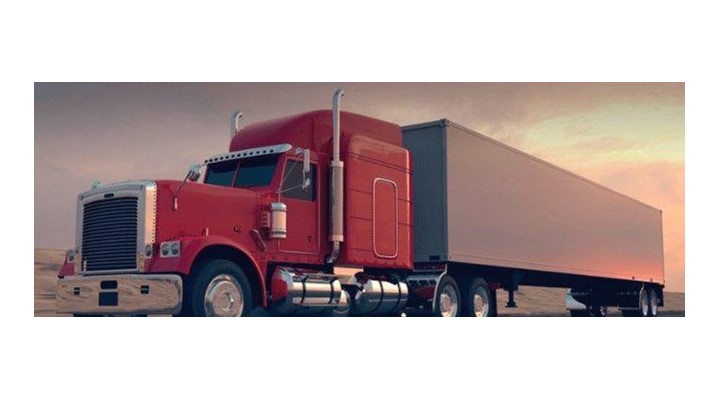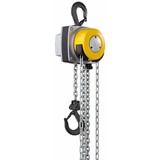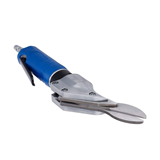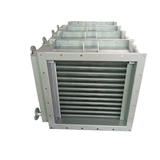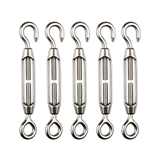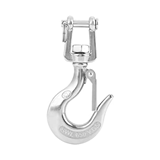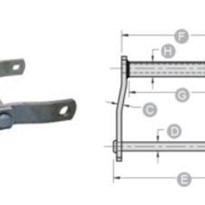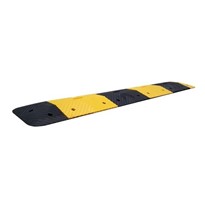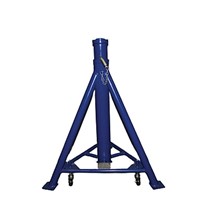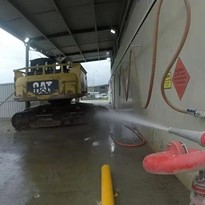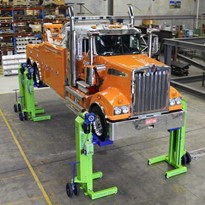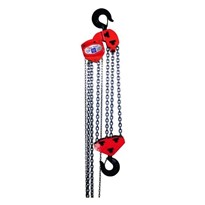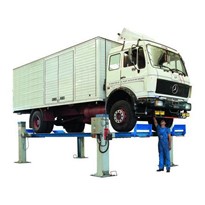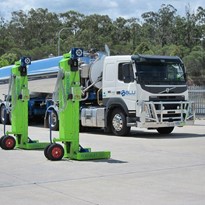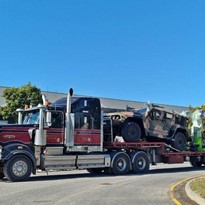The recently announced current account surplus for the Australian economy points the strength of Australia’s export performance and is directly correlated with increased transport movements. A large proportion of those goods are transported by road, with heavy road transport an area of increasing regulator focus throughout Australia.
In October 2018 the federal government introduced changes to the Heavy Vehicle National Law (HVNL) aimed at aligning Chain of Responsibility to align more closely with state-based workplace health and safety laws.
Prior to this, the onus for heavy vehicle safety on Australia’s roads was primarily on drivers and operators. In response to well documented issues about performance pressure on drivers, fleet maintenance problems and vehicle gross weights, the new laws were brought in to extend potential liability for road haulage failures to all parties in the supply chain.
The changes to the HVNL recognise that in some instances failure to comply with the HVNL may result from actions, decisions and pressures imposed by any of a number of parties in the supply chain, including:
- Transport industry employers
- Transport industry principal contractors
- Vehicle operators
- Vehicle schedulers
- Goods loading managers
- Loaders/unloaders of a vehicle
- Goods consignor or consignees
The changes in the Chain of Responsibility laws are aimed at reasonably applying liability in instances where parties that have control or influence over a transport activity fail to manage reasonable risk, apply business practices that cause or encourage a driver to breach HVNL requirements or issue instructions or demands that cause or contribute to an offence.
The new laws mean that every party in the supply chain now has a responsibility to have in place systems and processes to prevent breaches of the HVNL. In the event of a prosecutable incident, courts can consider the actions or inactions of every party in the supply chain.
In addition to well documented issues such as speeding, driver fatigue, doctoring of log books and load restraints, vehicle mass is a key focus for the NHVR. In order to provide compliance coverage, operators in the supply chain need to be able to demonstrate that they actively measure, record, monitor and manage vehicle load mass in line with the specific code of practice guidelines for their industry sector. Other parties in the supply chain need to be in a position to demonstrate that these requirements are built into their contracts as well as making provision to ensure that they themselves are monitoring and managing load mass data and taking action with transport providers where necessary.
This is a significant regulatory impost which, while important, is challenging to address. In essence, the new laws shift regulatory responsibility from road and transport authorities operating weigh bridges, to the commercial players in the supply chain.
Solving this problem requires a new level of sophistication in transport weight measurement, recording and communication that is currently not present for most sectors. Technologically advanced weighing systems, incorporating data capture and communication are becoming increasingly critical for supply chain mass management, in addition to the legislative changes and regulatory obligations.


